Comments
ANIMAL WATCH - On the Los Angeles Animal Services’ website today, 18 of 24 photos on the first page of adoptable dogs are adult Pit Bulls. The first is over 7 years old and has been in a kennel since December 2020.
The second page is similar, except 19 of the 24 dogs are Pit Bulls, and the remainder on both pages are older German Shepherd-mixes or Huskies—all high-energy, assertive-breed dogs, which are not likely the best selection for the average adoptive family with children and perhaps other pets.
But, from recent TV News announcements, L.A. Animal Services is offering “free” adoptions. The shelter page states that 1,446 dogs and 499 cats are “waiting to meet you.” (The number of rabbits seeking homes was not listed.)
Animals that show the type of affection and obedience that is needed in daily life and are healthy can be adoptable at any age; however, when an animal has not found a home for many months—or even years—how long to we increase their anxiety, silent suffering, and isolation, in a kennel environment and call it “kindness?”
Los Angeles Animal Services employees have become overwhelmed and desperate due to the overcrowding, the misery for the animals and inability to provide care at the City’s six “No Kill” shelters.
So, they took to the media to get their message out recently, begging for help caused by too many animals, dangerous working conditions with increasing bites to kennel staff, and the failure of employees to come to work due to the pervasive sense of cruelty to these animals who have languished in a kennel for far too long without exercise and socialization with people.
This sense of hopelessness and depression is spreading nationwide throughout the animal-sheltering system.
LOS ANGELES ANIMAL SERVICES COMMISSION DOES NOT CARE
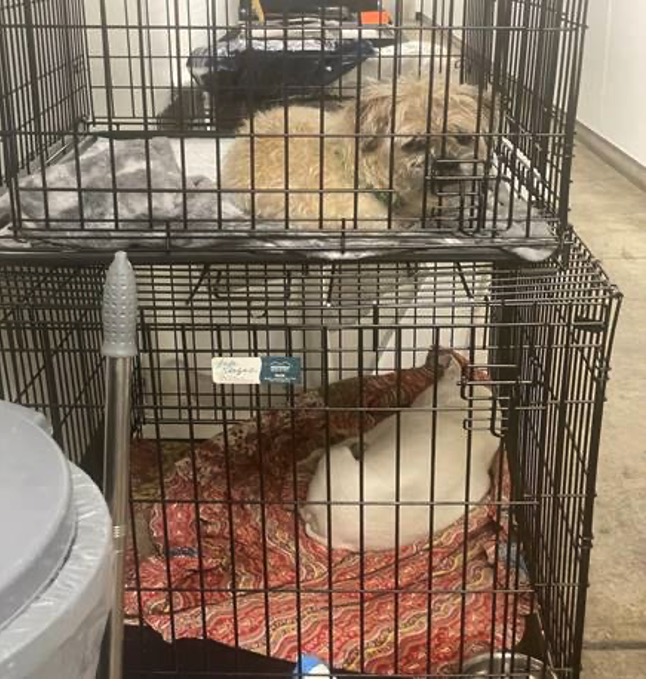
One very brave Animal Control Technician (ACT) who could not get any help from L.A. Animal Services’ management, spoke before the Commission at a recent meeting. But, her brief testimony was rudely interrupted by L.A. Animal Services Commission President Larry Gross, who did not have the compassion nor professional courtesy to hear one-minute testimony on this heartbreaking truth:
SEE SHELTER PLEA VIDEO HERE: Harbor Over Crowding - YouTube
The photo above shows cages stacked double-high at an LAAS shelter because there is no other place to put the animals. Urine and feces are dropping down into the bottom cage on the animals and it also becomes mixed in their food and water. This is animal cruelty under City and State law, and the management of LAAS should be charged.
This video is vitally important to show the desperation of the “No Kill” movement, in which politicians and well-paid executives in MULTI-MILLION-DOLLAR “humane” organizations sit in their luxurious offices (or gloat over their latest real-estate investments) and decide how to gain favor with—and more money from—donors or voters by exploiting the tragedy of abandoned, unwanted animals.
“No Kill” is a political movement created by wealthy “humane” organizations who support politicians who gain public affirmation with a sad expression and prepared speech about the plight of unwanted animals, but never go into the shelter.
Unfortunately, I was informed that male and female dogs—altered and unaltered—are now being put together in L.A. City shelters because there just isn’t enough space to separate them, and that just too many in too little space has made dog fighting (sometimes to the death) incessant.
I was told about one instance recently in an LAAS shelter where two male dogs were put into a kennel with a female in heat and immediately started fighting. One became dominant enough to mount the female, and the other male recovered enough to attack them both. The injuries were serious for all three dogs—they didn’t deserve this.
The fear is also great, and equally warranted, in small dogs, who start shaking but cannot find protection. These often-fatal attacks start with several small dogs ganging up on one—and the target has nowhere to go and nowhere to hide.
L.A. Animal Services has apparently hired new employees with NO experience and little training in handling animals. This can be dangerous not only to the animals, but also other employees, volunteers and potential adopters.
New General Manager Staycee Dains must be aware of the dire overcrowding because employees report she has established an “office” in each of the shelters to be close to the issues of the shelters and the employees. We are anxiously awaiting her decision and action on this crisis.
Best Friends Animal Society’s ‘No-Kill’ Plan has Miserably Failed
Los Angeles is not alone. This is a nationwide tragedy. On September 14, 2022, the Austin Animal Center in Texas—one of the stalwarts of “No Kill”—announced it was halting Austin's overcrowded animal shelter halts pet intake, citing “human affordability issues.”
The statement admitted, “Austin Animal Center, now inundated with more than 700 animals, on Tuesday started to turn away dogs and cats until more adopters or foster homes come forward.”
WHY NOT TURN IN A PET – THE SHELTER IS “NO KILL”?
In the post-COVID economy where prices have increased rapidly due to out-of-control government spending and higher taxes, families are struggling to feed their children and must decide how to cut expenses. With the outrageously high cost of pet food and veterinary care AND THE PROMISE THAT THE SHELTER IS “NO KILL” they can drop off the family dog or cat WITH “NO GUILT.”
The saving of animals’ lives is important when they have the potential for a happy, healthy life with a loving family. However, with hundreds of thousands of abandoned or unwanted pets—most of the dogs being Pit Bulls coming into the shelters with a history of behavioral problems, including aggression—or elderly animals with medical issues that will be too expensive to treat, society has to decide on either investing in those that show the potential and stability—physically, psychologically and emotionally—to fit into the “average” family situation with kids and other pets or to humanely euthanize them so that they will not be harmed or dumped out in the street.
We cannot save (and assure future safety for) every homeless animal, regardless of what you are told in late-night and other donation-based media ads! But, it is our duty to protect them from abuse, pain and harm.
No kill' animal rescue is a disaster for animal welfare (Aeon Essay)
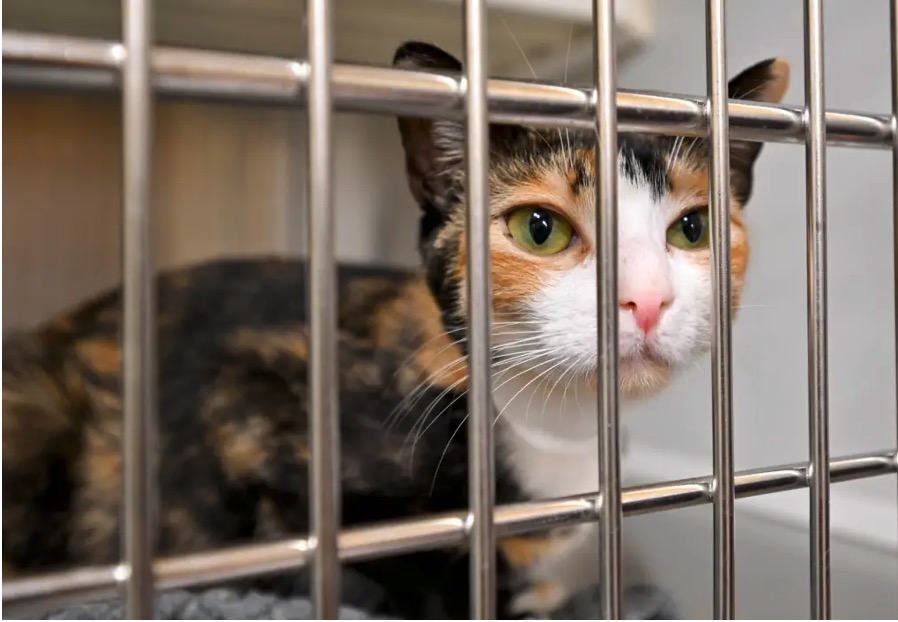
A heart-touching Aeon Essay by Sabine Heinlein asked a very important question after she and her husband had taken home a homeless cat (later named Barnaby) from a major pet store adoption event: This sums up a major problem and asks probing questions that should be at the heart of this discussion on “No Kill.”
In March 2013, my husband and I were on our way to a museum when we saw a sign advertising an adoption event at the Petco pet store on the Upper West Side in New York City.
‘Should we adopt another cat?’ my husband asked. We’d got our scaredy-cat Gilbert from the American Society for the Prevention of Cruelty to Animals (ASPCA) the year before: he was sweet and funny but so neurotic that we considered calling him Woody; a vet had suggested that a friend might ease his problems.
At Petco we were approached by Gisella McSweeny, the founder of Zani’s Furry Friends, one of more than 150 rescue organizations that partner with the Mayor’s Alliance for New York City’s Animals, whose mission is to save as many animals as possible from the city-run Animal Care and Control of NYC (AC&C).
When we told McSweeny about our Gilbert, she quickly led us to a cage housing two cats that were grooming each other. One was a fancy Maine Coon; the other, a grey-and-white, McSweeny assured us, was our cat. She rattled off his sad story: Zani’s had pulled him and his brother from the city-run shelter and put them in one of their privately run foster homes. While the brother was adopted, this one was left behind.
After McSweeny discovered that the foster ‘mom’ was hoarding animals, she transferred him to a second foster mom. The cat was healthy and equipped with a microchip, a rice seed-sized tracking device implanted under the skin to identify animals. There was no need to check references or conduct a home visit, McSweeny said; the adoption fee for the two-year-old was only $125, a special deal.
On the way home, I mentioned to my husband that our new cat looked like a barn cat. ‘Why not name him Barnaby?’ he suggested.
Barnaby was large and boney; he weighed only seven pounds. I noticed he smelled funny. He didn’t seem scared of us, just indifferent.
It was clear from the start that something was seriously wrong with Barnaby. He sneezed, his eyes were runny, and his ears oozed a gooey brown substance. His gums were bright red, he often had bloody diarrhea, and he threw up several times a week. A blood test revealed a severe Bartonella infection, more commonly known as cat-scratch fever because that’s how it can be spread to humans.
Then, on one of multiple vet visits we learned that Barnaby hadn’t been microchipped as McSweeny had told us. My husband and I emailed her and the AC&C, mentioning the missing chip. By email, a Jessica Van Brunt responded: ‘Kitten didn’t get a microchp [sic].’ I complained to the three people cc’ed on that email, adding that Barnaby also came with an eye infection, but I never received a response.
In a few months, we had spent around $1,500 on tests, dewormers, antibiotics and dental care for our rescue cat. But we still hadn’t resolved his gastrointestinal issues or gotten him chipped.
Our experience was not unusual. Today, thanks to the animal rights movement launched in the 19th century and the no-kill movement of today, slightly more people adopt their cats and dogs from animal shelters and rescues than buy from breeders. With more and more shelters pressured to keep animals alive regardless of the circumstances, an estimated 10,000 private rescue groups pull animals from ‘high kill’, city-run shelters and transfer them to private, supposedly temporary ‘no-kill’ foster homes for a saviour rate that the Humane Society estimates to be as high as 90 per cent. No-kill isn’t necessarily zero-kill, but that’s what its advocates aspire to.
No-kill advocates consider the killing of animals to combat overcrowding in shelters offensive and heartless. And sure enough, the ‘Adopt, Don’t Shop’ brand was originally based on a wholesome and noble sentiment. But with little to no oversight, it fosters an underbelly that has left the no-kill movement in crisis. The promise of life often leaves cats or dogs languishing in cages or transferred from foster home to foster home for years. Animals are given out sick, with minimal to no prior medical care. While numbers are still hard to come by, hardly a day goes by when a rescue or foster home isn’t exposed for overcrowding, neglect or, notably, hoarding.
While we dress our pets in matching pajamas, saving, coddling and healing them, our ever-growing empathy for the furry has led us off the rails. As consumers, we are complicit in creating an inhumane and dangerous situation that leaves animals in pain, shelter staff overwhelmed, and pet owners burdened with unprecedented levels of financial and emotional stress. Struggling with Barnaby’s illnesses. I couldn’t help wondering who was benefitting from this tragic situation, and who was suffering the most?
I wondered what would have happened had we not had the money to pay for Barnaby’s medical care. What if he had been adopted by someone less fortunate? Would he have been returned to the rescue and transferred to yet another foster home? Would he have been dropped off at the city shelter and put to sleep? Or, left untreated, would his illness have caused a slow and painful death?
I also wonder whether our endless trips to the vet, all that probing, cutting and being poked with needles, was really worse than euthanasia could have ever been. Perhaps our focus on keeping pets alive, no matter the consequences, is really more about us humans than about a desire to spare animals’ suffering.
Read the entirety of this important essay here
24-Hour Stress for Animals in Overcrowded Shelters
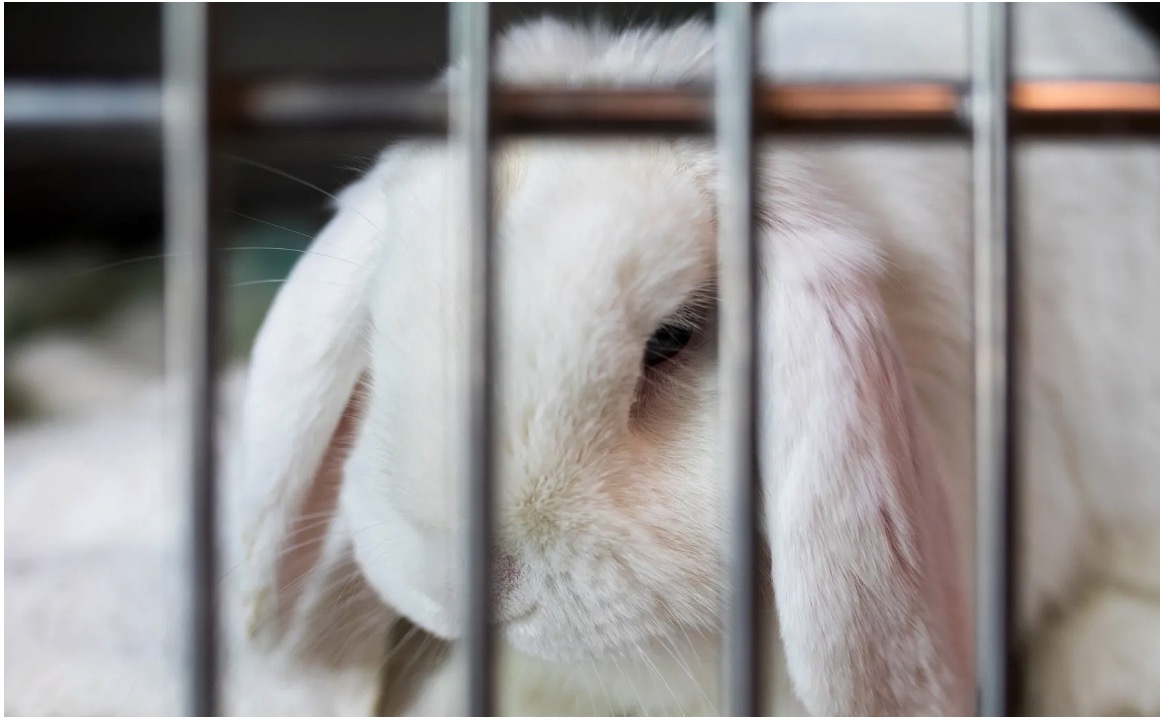
Rabbits move their noses to take in information from the outside. The rabbit is the animal with the most developed sense of smell in nature. Through the nose – and its constant movement – rabbits pick up information from the environment about the proximity of predators, which can be very threatening and alarming, but it has no way to run away to protect itself in a shelter.
(See: Why Does The Rabbit Always Move The Nose?)
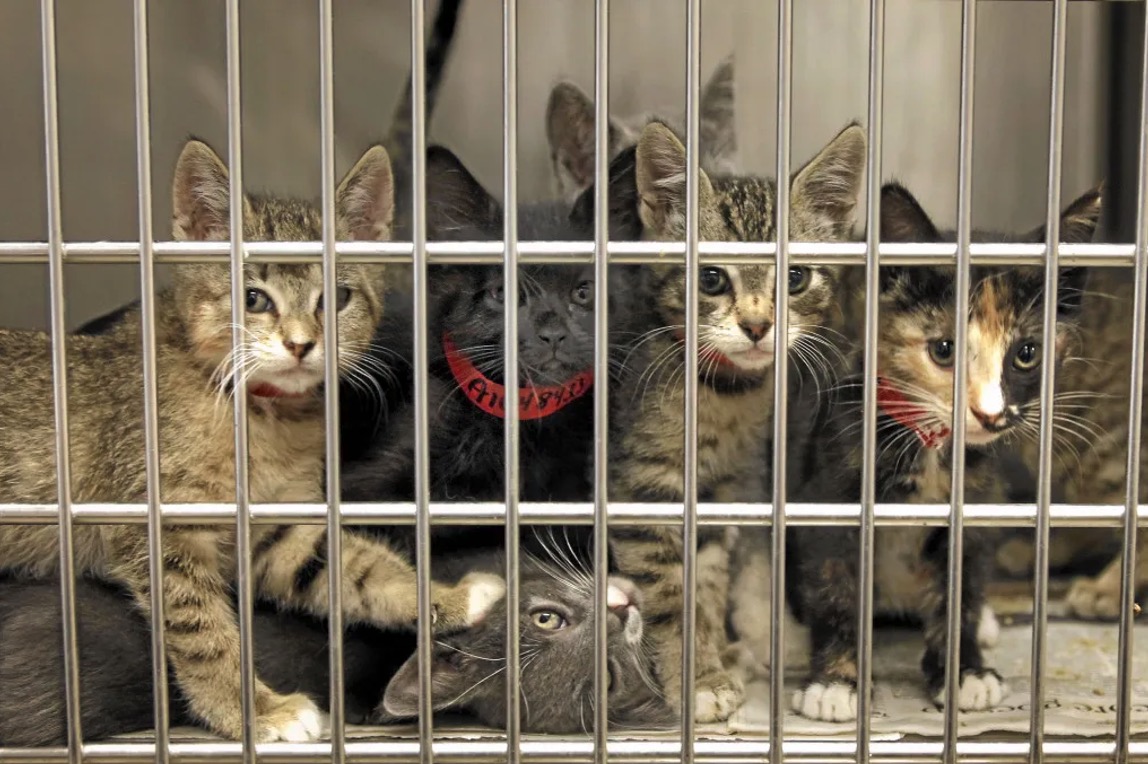
A cat’s sense of smell is the primary way he identifies people and objects. Cats have more than 200 million odor sensors in their noses; humans have just 5 million.... Because their sense of smell is so sensitive, it’s important to be aware of anything new, like changing to a scented litter. Your cat notices other animal’s smells on you or an unfamiliar scent in your cat’s environment (such as a new piece of furniture or a house guest, says PawsChicago.
Can we even imagine the terror cats’ experience in overcrowded shelters with constant noise, dog barking and screams from animals fighting 24-hours a day in close proximity to them?
DOGS LIVE THROUGH THEIR NOSES
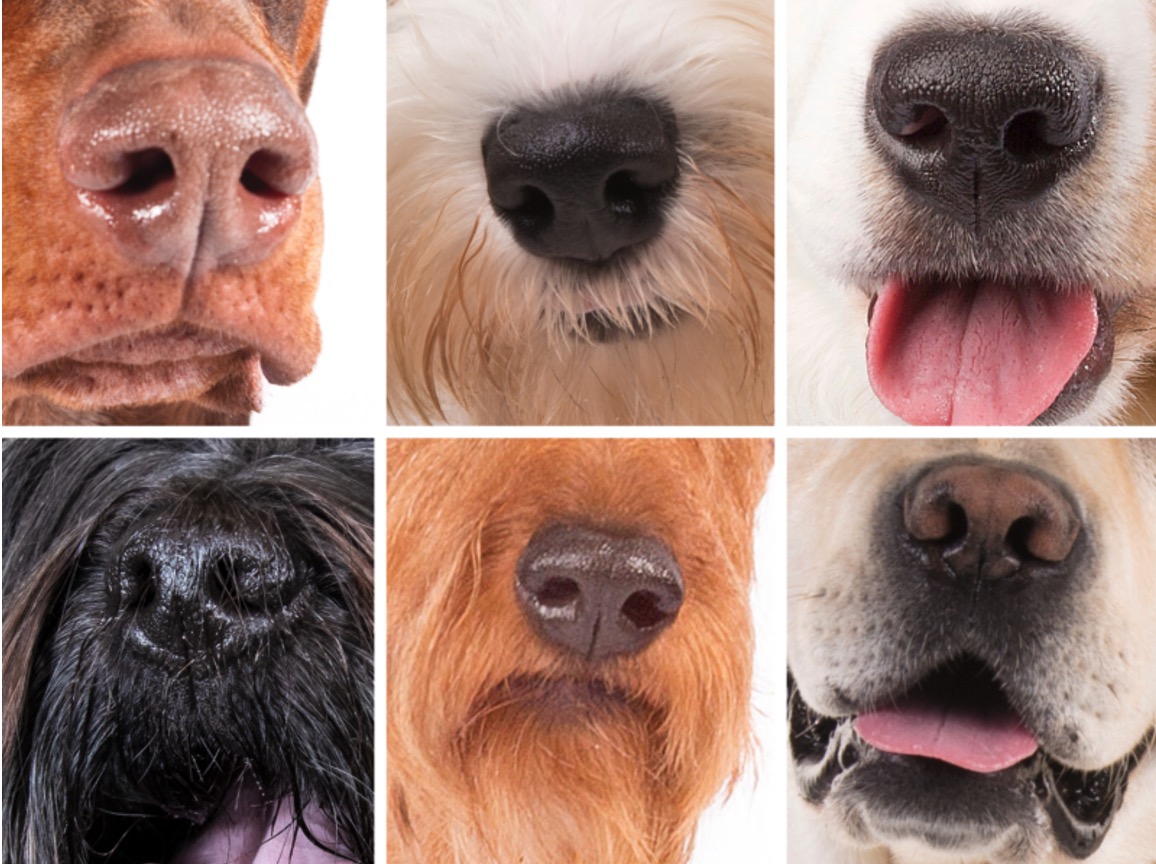
Male dogs smell other male dogs and are instantly alerted to a potential competitor for resources—food, water and mating. (Many of the animals coming to the shelters are not returns from adoptions but animals that have been acquired from the rampant backyard breeders all over the city, and are not altered.)
Dogs “live” through their noses. Their walks should not be running down a paved street—which is rarely fun for the dog and may actually be harmful to its hips and back and, in hot weather, burn the pads of its feet. Dogs love to smell grass, phone poles, trash cans because it is a sort of a neighborhood bulletin board of who else has visited the location and if there is any danger or mating opportunity in the neighborhood.
In the case of a dog in a shelter, she/he is constantly sniffing to determine who is in the immediate area, but they have no power to act—all of which can add tremendous tension (and fear) to confinement.
Here’s the more scientific description of a dog’s nose:
“When it comes to humans, this ability to pick up hormones helps them to identify our emotional states. All of these matter to a dog, especially when it is in a strange place, crammed in close quarters with other dogs that don’t want to be there either, and the animal realizes it is helpless to defend itself,” says the Treehugger. All these things can cause unusual behavior patterns; such as, vocalizing, cringing and shuddering, aggression in usually calm dogs, illness and other physical reactions. A dog’s nose tells it far more than we know and the changes, fighting, lack of food and water are all terrifying for some, if not all dogs. (See more here on dog’s noses).
FIXING THE PROBLEM – LAAS CAN START WITH BACKYARD BREEDERS
All it takes in Los Angeles City to be a “legal” dog breeder in L.A. City is a $325 permit, in addition to an in-tact dog license. No business or tax permit is required and there is no inspection of the premises or condition of the animals.
Here are the current stats from the LAAS Woofstat report: In July 2023, 150 unaltered dogs were licensed, up from 134 this month in 2022. Last year ended with 1,436 dogs specifically licensed for the purpose of breeding in backyards (there are no legitimate State-regulated pet stores since Koretz banned them in favor of backyard breeding).
Koretz and former-GM Brenda Barnette also increased pet limits and removed kennel-permit requirements in residential zones, allowing breeding everywhere in the City.
Already in 2023, 1,222 breeder’s permits have been sold in Los Angles—showing the indication this year will exceed the total of 1,436 in 2022.
Intake for dogs so far this year, 9,887. Cat totals, so far this year, 5,970 adults and 6,318 kittens taken in.
“NO KILL” IS HISTORY REPEATED – Here’s the result of the first effort.
A VIDEO FROM THE PAST – No Kill the Hayden Bill (SB 1785)
The “No Kill” Hayden Bill, implemented in 1999, created unsafe and cruel conditions in CA animal shelters and resulted in hoarding animals.
YouTube NoKillTruth Jan 9, 2012
SOCIALLY CONSCIOUS SHELTERING A POSSIBLE SOLUTION
Let’s also look at Socially Conscious Sheltering, the post-“No Kill” solution. The taxpayers, animal lovers, law-abiding residents of this City have paid enough for this failed, cruel “No Kill” experiment—and so have the animals!
(Phyllis M. Daugherty is a former Los Angeles City employee, an animal activist and a contributor to CityWatch.)






